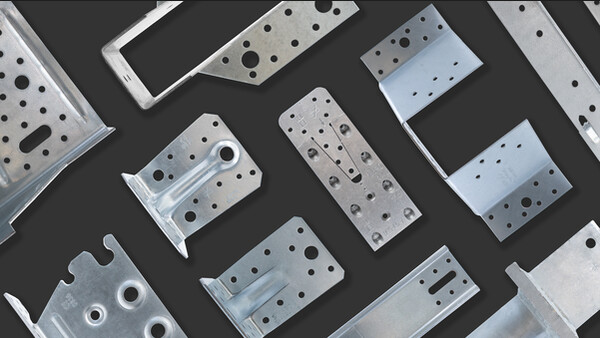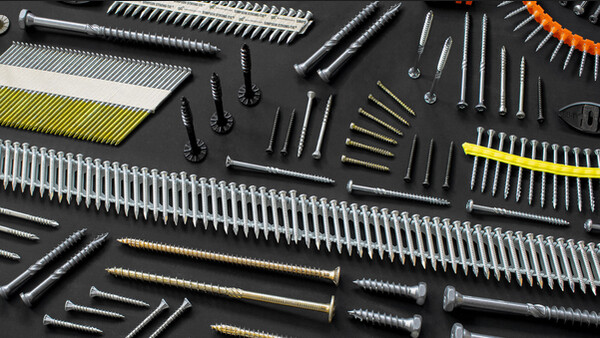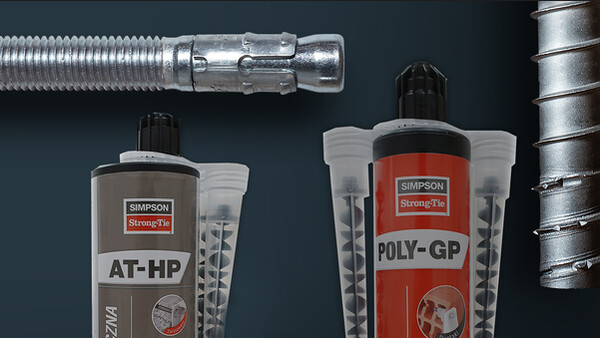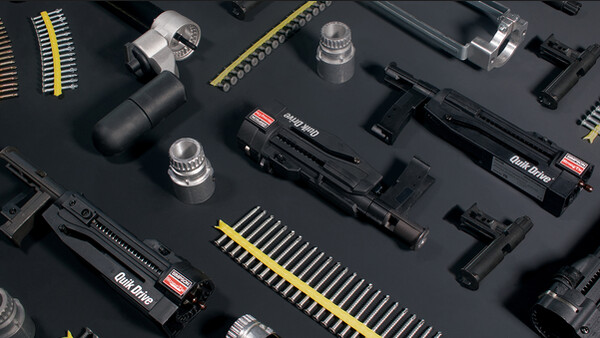Standard joist hanger connection
Full naling
Nails placed in all holes guarantee full load capacity. Unless specified otherwise by the designer, always use full nailing.
Partial nailing
Partial nailing can be used if the designer has clearly indicated this in the specifications.
Partial nailing is used when it is not necessary to obtain the full load capacity of the connection. This can reduce the number of nails in the connection and lower cost, as well as speed up the assembly work.
Anchoring
When using Simpson Strong-Tie connectors in combination with reinforced concrete or steel, use anchor / bolts with suitable tensile strength Fax and shear Flat
- The diameter of the anchor depends on the diameter of the hole in a given connectors type.
- The anchors should be placed symmetrically in relation to the vertical axis of the hanger.
I-joist hangers
Many Simpson Strong-Tie® products are designed to use common CNA nails. Certain applications require special fasteners, such as those with length limitations or for use in hostile environments. This section shows the special nails dedicated for I-beam.
Usage of correct fasteners ensures proper installation and achieve published capacity. CNA nails, unless noted otherwise, should not be used with the I-beam connectors to avoid I-beam flanges splitting.
Correct connection
- Dome Nailing This feature guides the nail into the joist and header at a 45° angle.
- Double-Shear Nailing The nail is installed into the joist and header, distributing the load through two points on each joist nail for greater strength. Double-shear nailing must be full-length catalog nail.
- Positive Angle Nailing (PAN) Provided when wood splitting may occur, and to speed installation.
- Speed Prongs or Pilot Holes Used to temporarily position and secure the connector for easier and faster installation. Pilot Holes Tooling holes for manufacturing purposes. No fasteners required.
Type of Nails holes
- Round Holes Purpose: To fasten a connector. Fill Requirements: Always fill, unless noted otherwise.
- Obround Holes Purpose: To make fastening a connector in a tight location easier. Fill Requirements: Always fill.
- Hexagonal Holes Purpose: To fasten using structural wood screws. Fill Requirements: Used with SDS structural screw.
- Triangular Holes Purpose: To increase a connector’s strength or to achieve max. strength. Fill Requirements: When the Designer specifies max. nailing.
- Diamond Holes Purpose: To temporarily fasten a connector to make installing it easier. Fill Requirements: None.









